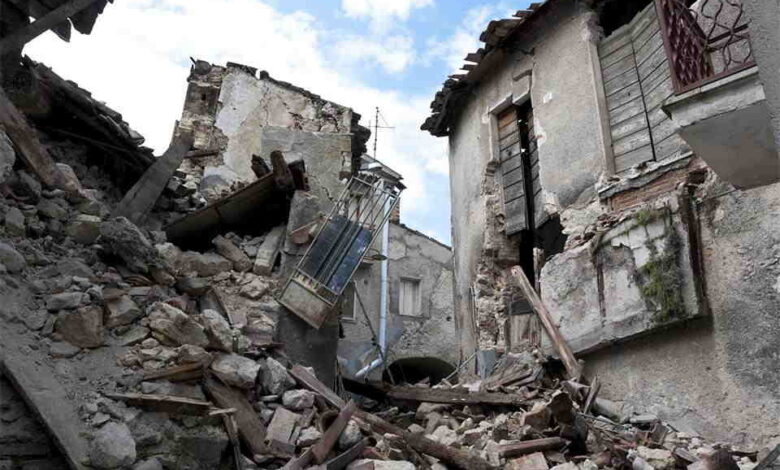Seismic Forces and Foundation Failures: Causes and Prevention

Earthquakes can harm buildings badly, especially in quake-prone regions. The ground’s shaking applies strong forces that could damage the base of structures. Studying why foundations fail due to these seismic pressures is essential. Looking into ways to effectively prevent it also matters a lot for minimizing dangers and ensuring safety.
How Seismic Forces Impact Foundations
When an earthquake hits, the ground shakes. It’s sudden and can make a building unstable. How bad it gets depends on a few things, like how strong the quake is, what kind of soil there is, and whether the building was built well.
If you have weak soils—say, loose sand or clay—then seismic waves get bigger, which means more shaking. This could lead to sinking buildings that tilt over time or even total collapse right away. Foundations that are not designed well enough or correctly fortified are at high risk when earthquakes occur.
Common Causes of Foundation Failures
Building foundations can fail. Why? They’re not strong enough to handle the force of earthquakes sometimes. One big reason is liquefaction—it’s when water-filled soils lose strength for a bit.
Bad construction practices, poor assessments of building sites, and old materials don’t help, either. Plus, uneven ground movement adds trouble with differential settlement—one part sinking while another stays put—causing cracks and other damage to structures.
Without the right engineering touch-ups or reinforcements, shaking from seismic events could become too much for buildings to bear.
Prevention Strategies for Seismic-Resistant Foundations
The blueprint for a stable building starts with the foundation. Engineers have tricks up their sleeves to avoid any failures on this front. In shaky soil, deep foundations like pile or pier systems offer extra strength.
To handle earthquakes better, there’s base isolation—think of it as putting squishy layers between a structure and its underlying ground to soak up seismic forces and limit movement.
Got an older building? It can be reinforced with concrete or steel braces for more strength against tremors. Even before laying bricks down, engineers perform tests on the site’s soil along with checks on local conditions that affect design choices, ensuring buildings stand tall amidst shakes.
Foundation Repair Methods and Techniques
Earthquake damage to foundations needs quick fixes. It stops problems from getting worse. Engineers check the damage and implement foundation repair methods and techniques such as underpinning, grouting, or helical piers for stability renewal.
These remedies reinforce weak foundation parts and ward off future complications related to structural integrity. Sometimes, high-tech earthquake-proofing methods are useful, too. Shock-absorbing device installations can boost a building’s quake resistance.
Conclusion
Seismic forces can wreck building foundations, risking both life and property. Understanding why these failures happen lets us find ways to prevent damage or fix it quickly, making buildings stand up better against earthquakes.
Key tactics include smart foundation design, seismic upgrades, and techniques for stabilizing soil. These help cut down the risks that come from quakes while also boosting a structure’s long-term sturdiness.




